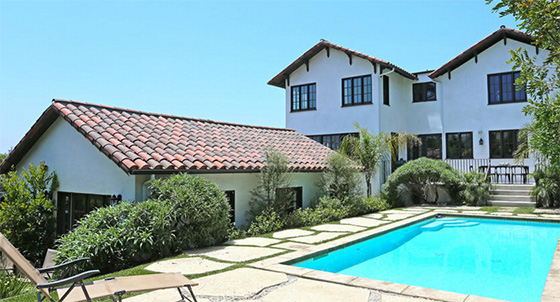Trending
Jumbo loans have led to fewer black and Hispanic borrowers
These pricey mortgages are less risky, but have strict underwriting requirements: report

From the Los Angeles website: For bankers these days, mitigating risk is everything.
That’s why jumbo mortgages, the heftier-than-average loans with stringent underwriting requirements, have made a huge comeback in the years following the housing crisis. But the rise of jumbos came with an unpleasant implication: Lenders are now granting fewer mortgages to black and Hispanic homebuyers.
Between 2007 and 2014, each of America’s 10 biggest retail banks increased their number of jumbo mortgage approvals, according to a Wall Street Journal analysis. But loans are largely going to white and Asian borrowers.
In 2007, 7.8 percent of borrowers from the top 10 banks were black. In 2014, only 5.3 were. For Hispanics, it was 10.6 percent in 2007 and 7.4 percent in 2014.
Before the financial crisis, subprime loans were the default. Now, the default is jumbo, and unsurprisingly so. Although they are not backed by Fannie Mae or Freddie Mac because they exceed the maximum loan threshold, jumbos are seen as safer because borrowers are required to pay higher down payments, prove low debt-to-income ratios and to have outstanding credit scores.
But with the question of fair lending practices in mind, banks are now grappling with a dilemma: How could lenders maximize economic growth while complying with federal regulatory mandates that call for lending to all demographics?
“it’s one of those damned if you do, damned if you don’t situations,” Stu Feldstein, president of mortgage research firm, SMR Research, told the Journal. [WSJ] — Cathaleen Chen




